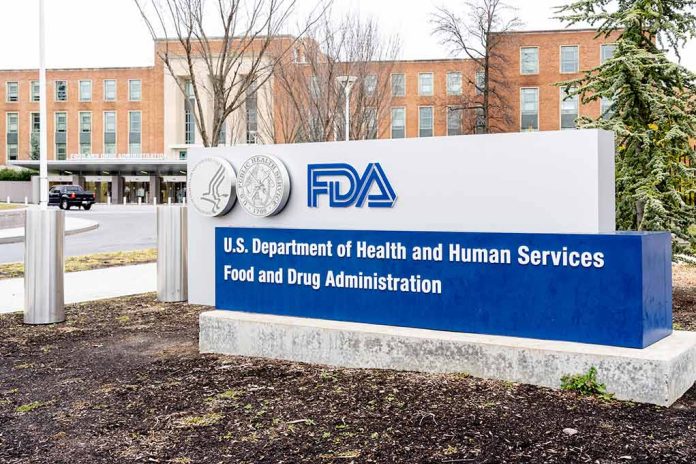
The FDA’s recent rehiring initiative marks a significant pivot in its employment practices amidst broader federal government changes and industry challenges.
Key Takeaways
- The FDA reversed termination notices and called some employees back to work.
- Probationary employees were notified over the weekend about their reinstatement.
- Workers will regain access to their work systems promptly.
- Layoffs were part of broader efforts to reduce the federal workforce.
- Industry figures like Elon Musk highlight broader debates on federal employment strategies.
FDA Reverses Terminations
The Food and Drug Administration has taken steps to reverse some of the terminations it issued recently. Employees considered probationary received unexpected calls from the Human Resources department on Friday evening and Saturday morning, requesting them to return to their positions. Alongside these requests, the FDA assured the reinstated staff members that they would regain access to their computers and network systems by Monday. This step indicates a shift in the agency’s approach amid ongoing debates and leadership transitions within federal organizations.
Some of the calls targeted former employees of the Center for Devices and Radiological Health. This sector, responsible for overseeing medical devices and digital health products, faced notable layoffs. Industry feedback and internal evaluations appear to have influenced the decision to rehire certain individuals. As of now, it remains uncertain how many of these terminations will be entirely reversed. Meanwhile, select employees will need to physically return to their workstations by Monday morning.
Wider Context of Layoffs and Rehiring
These changes come amid broader federal workforce reduction initiatives, which were outlined in executive orders from former President Donald Trump. The layoffs extended beyond the FDA to other health agencies like the CDC, NIH, and CMS. Probationary workers, who were informed they were “not fit for continued employment,” were put on administrative leave with four weeks of pay. The layoffs targeted individuals whose “ability, knowledge and skills do not fit the Agency’s current needs.”
Various federal agencies have faced similar challenges of layoffs and subsequent hirings. The Department of Health and Human Services and USDA, among others, have rescinded some terminations after operational disruptions. Political pressure and constituent concerns have played roles in these decisions. The head of DOGE, a department created to improve efficiency, acknowledges issues but emphasizes rapid corrective actions.
Implications for Federal Staffing
The cycle of terminations and rehirings has sparked criticisms from various quarters. The approach has been described as indiscriminate, akin to using a sledgehammer. Experts argue that perhaps a more nuanced approach, akin to using a scalpel, would be more effective. The upheaval not only affects employee morale but may also drive civil servants towards the private sector, potentially compromising the federal government’s reputation as an employer.
“The way we’ve traditionally reduced the size of the federal workforce is to take a scalpel and kind of target particular programs where we think there might be bloat. This is more like taking a sledgehammer to the entire executive branch.” – Nick Bednar
As these strategic shifts continue within various federal agencies, it remains imperative that a balance is struck between effective governance and maintaining an efficient and motivated workforce. The current scenario underlines the dynamic nature of federal administrative strategies, pressing agency leaders to adeptly navigate through these evolving challenges.
Sources:
- FDA Begins to Rescind Firings, Calls Some Employees Back to Work
- After mass layoffs, some federal agencies are trying to bring employees back













